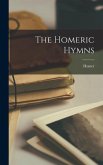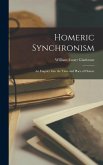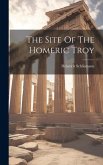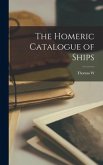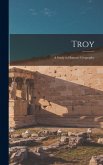"The Homeric Palace" delves into the architectural characteristics of palaces described in Homer's epic poems, the Iliad and the Odyssey. Norman Morrison Isham meticulously examines the archaeological evidence and literary descriptions to reconstruct the likely form and function of these Bronze Age structures. The book explores the layout, construction materials, and decorative elements of the palaces, offering insights into the social and political life of the Homeric world. Isham's work provides a detailed analysis of the megaron, courtyards, and other key features, drawing comparisons with known Mycenaean sites. This study remains a valuable resource for those interested in Homeric Greece, early Greek architecture, and the material culture of the Bronze Age. This work has been selected by scholars as being culturally important, and is part of the knowledge base of civilization as we know it. This work was reproduced from the original artifact, and remains as true to the original work as possible. Therefore, you will see the original copyright references, library stamps (as most of these works have been housed in our most important libraries around the world), and other notations in the work. This work is in the public domain in the United States of America, and possibly other nations. Within the United States, you may freely copy and distribute this work, as no entity (individual or corporate) has a copyright on the body of the work. As a reproduction of a historical artifact, this work may contain missing or blurred pages, poor pictures, errant marks, etc. Scholars believe, and we concur, that this work is important enough to be preserved, reproduced, and made generally available to the public. We appreciate your support of the preservation process, and thank you for being an important part of keeping this knowledge alive and relevant.
Bitte wählen Sie Ihr Anliegen aus.
Rechnungen
Retourenschein anfordern
Bestellstatus
Storno



